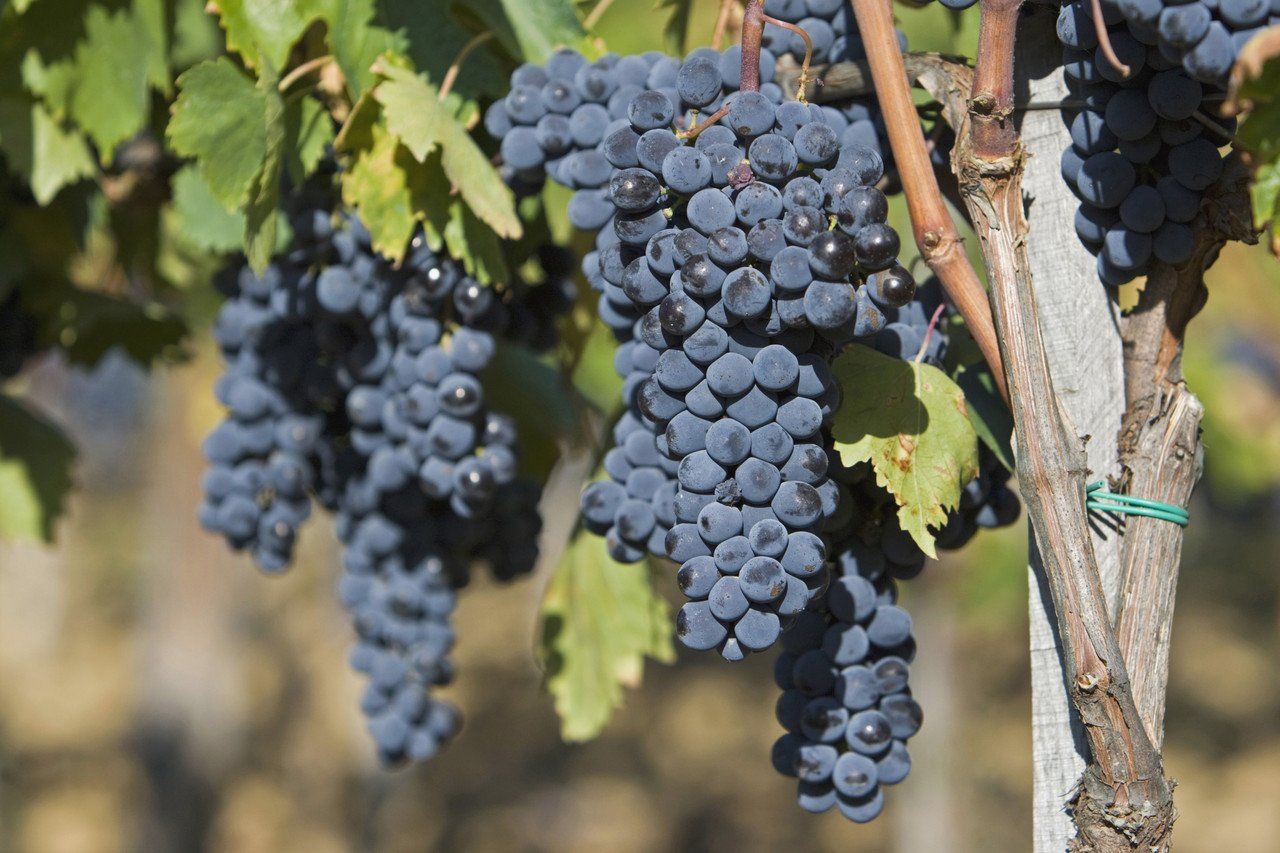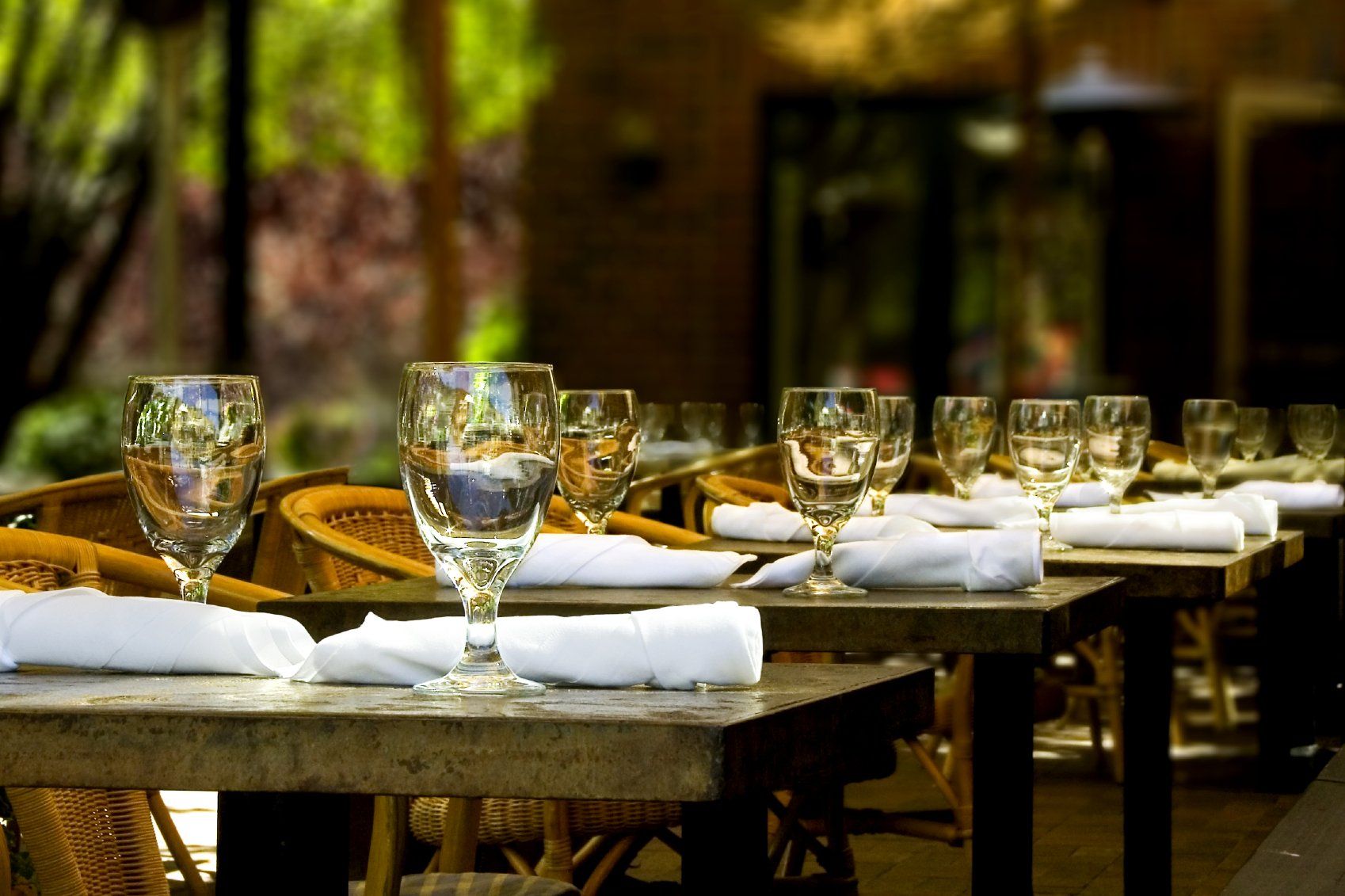THE WINE ROUTE IN ITALY

The Wine Route in Southern Italy
Écrivez votre légende iciButton
Les Domaines du Frascati
Écrivez votre légende iciButton
Bacchus of the Caravagge
Écrivez votre légende iciButton
Les Amphores Antiques
Écrivez votre légende iciButton
The Amalfi Coast
Écrivez votre légende iciButton
Capri, la Via Krupp
Écrivez votre légende iciButton
List of services
-
La Rome antiqueItem Link List item 1
Découverte de la Rome antique, la ville aux sept collines : visite du forum romain aux origines Etrusques, du Colisée, l’arène des gladiateurs. Promenade vers le Capitole, place aménagée par Michelangelo, le théâtre de Marcellus, le Portique d’Octavie pour se rendre vers la piazza Campo dei Fiori pour une visite et une dégustation à la Vineria Reggio qui date de 1896. Un local historique orné d’un plafond du XVI ème s’ et d’un mobilier rétro. Déjeuner. Dîner et nuit à l’hôtel à Rome.
-
FrascatiItem Link List item 2
Petit-déjeuner. Départ pour la région de Frascati située à 20 kms au sud-est de Rome. Région du domaine des Castelli Romani où l’on tire un vin éponyme de Frascati. Vous y découvrir un paysage parsemé de vignes, d’oliveraies avec de superbes demeures de la Renaissance, Villa Aldobrandini, Villa Falconieri, Villa Torlonia.. Visite et dégustation des vins de la région au Domaine de Pallavicini avec ses grottes du 3e siècle et où le vin vieillit dans des fûts en acacia et en chêne. Déjeuner. Dîner et nuit à l’hôtel à Rome.
-
Baroque RomeItem Link List item 3
Petit-déjeuner. Visite de la Rome chrétienne avec la visite du Vatican: la basilique Saint-Pierre et de sa majestueuse place réalisée par le Bernin. Découverte des places et fontaines de Rome, piazza Navona, le Panthéon, la piazza di Spagna avec l’église et le couvent de la Trinité des Monts qui abrite un petit vignoble au cœur de la ville éternelle dont on tire le «Vino Gallico» une naissance qui a eu lieu grâce à une collaboration entre la commune de Rome et de Narbonne, ancienne ville romaine.(possibilité de visiter les lieux mais réservations très strictes). Déjeuner. Dîner et nuit à Rome.
-
Campania - WineriesItem LinkVilla Matilde (or other area depending on availability) Breakfast. Departure for the region of Campania, a fertile land rich in minerals thanks to the presence of volcanoes. You will go to the Domaine de la Villa Matilde located on the Tyrrhenian coast near the Gulf of Gaeta. You will visit the vineyard, its canteen and a wine tasting will be offered. The wines of Villa Matilde are the result of a search for identification of grape varieties which gave birth to very old wines from this land: the Aglianico and Piedirosso from which the red Falerne comes, the Falanghina grape that gives life to the Falerne White. Lunch. Dinner and overnight in the Naples region.
-
Pompeii and BoscorealeItem Link
Petit-déjeuner. Visite du site archéologique de Pompéi, une ville qui s’est figée en 79 ap. JC lors de l’éruption du Volcan. Les techniques modernes et scientifiques des archéologues ont permis de reconstituer « in situ » des jardins, des potagers, des vignobles qui sont vendangés et le raisin est vinifié au Domaine de Mastroberardino. La culture du vin et de la vigne une histoire ancestrale. Les fresques des domus romaines et de la Villa des Mystères ainsi que les thermopolia attestent de l’activité intense de la viticulture. L’après-midi vous visiterez le site de Boscoréale, avec son musée qui retrace les activités commerciales des habitants avant l’éruption et sa villa rustique, une ancienne ferme romaine dont on a retrouvé les dolia qui conservaient le vin dans l’antiquité. Déjeuner. Dîner et nuit en région de Naples.
-
La côte amalfitaineItem Link
Petit-déjeuner. Découverte d’une des plus belles côtes italiennes, la côte amalfitaine où s’alterne l’âpreté de la roche et la végétation luxuriante avec ses anciens villages de pêcheurs aux couleurs pastel qui s’accrochent à la roche et s’épanchent vers la mer. Une terre qui de par son emplacement jouit d’un climat idyllique et favorise les plantations d’agrumes, d’oliviers et de vignes. A travers la découverte des villages Positano, Ravello, Amalfi, Furore, Vietri sul mare, vous aurez l’occasion de déguster du «Limoncello». Vous visiterez le vignoble de Marisa Cuono à Furore. Une vigne qui a dû s’adapter aux reliefs avec ses cultures en terrasse. Son vin blanc Furore obtint l’Oscar en 2006 à Fioduva. Une reconnaissance sans précédent pour un vin produit dans le sud de la péninsule, ce qui permet d’ajouter le nom de Marisa Cuomo dans la liste des établissements vinicoles italiens les plus renommées. Déjeuner. Dîner et nuit à l’hôtel en région de Naples.
-
Oplontis - EstateItem LinkDomaine Mastroberardino (or other domain depending on availability) Breakfast. Visit of the Villa Oplontis, with its refined parietal decoration which bears witness to the flora and fauna in antiquity. A luxurious and agricultural residence which would have belonged to Poppée the Empress wife of the Emperor Nero. Departure for the province of Avellino. Visit of the Mastroberardino estate for a tasting of “Vino Irpino” wines. A family playing a pioneering role in the defense and enhancement of the cult of the natives for the viticulture of Fiano, Greco, Aglianico. Recognizing the role of this family for the preservation of the wine and wine heritage of the Roman era, the Archaeological Superintendence of Pompeii entrusted the Domaine with the vineyards of the ancient city of Pompeii, to be replanted with the same old vines that characterized viticulture of the region. Lunch. Dinner and overnight in the Naples region.
-
Excursion à CapriItem LinkBreakfast. Departure and embarkation at the port of Sorrento for Capri. Discovery day. It was the residence of Roman emperors. 19th century romantic island, it will become a celebs' paradise. But the beauty of the island is manifested by its landscape, its caves, its Mediterranean gardens, its narrow alleys and its houses covered with lime, its terraced crops, its lemon trees but also by its great variety of flowers. Capri is known for its fragrances. Floral, citrus, woody essences. Everything goes back to the 14th century when the Father Prior of the Charterhouse of St Jacques composed the first perfume of the island for the sovereign Jeanne d'Anjou. Visit of the Villa San Michèle, a splendid 19th century residence located on the heights. You will enjoy an exceptional panorama over Capri. It belonged to the Swedish philanthropist writer Axel Munthe. The gardens are adorned with remains and works of art dating back to ancient Egypt, to antiquity. They are part of the “Great Gardens of Italy”. Return to Capri Marina. Embarkation for Sorrento. Lunch. Dinner and overnight in the Naples region.
-
Campanie-DomainesItem Link
Feudi di San Gregorio- Montevetrano (ou autre domaine selon disponibilité)
Petit-déjeuner. Départ pour Sorbo Serpico, au cœur de la campagne Irpinia, où se trouve Feudi di San Gregorio: une cave à vin dont l'architecture est surprenante dans un environnement naturel encore authentique, où les vignes coexistent avec la forêt, les arbres fruitiers, les herbes aromatiques. Vous visiterez les vignes historiques du Taurasi, et les nouvelles plantations parfaitement intégrées dans l’écosystème d’Irpinia. De la vigne au vin vous dégusterez différentes productions. (Possibilité d’un repas). En route vers San Cipriano Picentino, au pied du parc régionale des Monts Picenti où se situe le Domaine agricole Montevetrano. Un havre de paix qui fut jadis la propriété des Bourbons. La propriétaire des lieux amoureuse des vins du bordelais, fera du « Montevetrano » un vin rouge composé de Cabernet-Sauvignon, de Merlot et d’Aglianico Taurasi. Elle vous accueillera pour une dégustation privilégiée de ses vins. Déjeuner. Dîner et nuit en région de Naples.
-
Campanie- NaplesItem LinkBreakfast. Discovery of Naples, the historic center with its ancient palaces of the Neapolitan nobility, its baroque churches, its “Spaccanapoli” district, an ancient Greco-Roman district. Its Spanish quarter, the Umberto I Gallery, the San Carlo Theater, the piazza del Pebliscito. You will visit the Archaeological Museum, one of the most important museums in Europe for its collections of antiques, to discover ceramics, frescoes, statuettes which bear witness to viticulture and the cult of wine. Lunch. Dinner and overnight in the Naples region / or towards Caserta.
-
Campanie-LatiumItem Link
Caserte- Ostie (ou autre domaine selon disponibilité)
Petit-déjeuner. Départ pour la région de Caserte pour une dégustation et une visite de la propriété viticole Terre del Principe. Un vin qui résulte d’une résurrection de trois cépages antiques et autochtones de la Campanie : le Pallagrello blanc, le Pallagrello noir et le Casavecchia. Le « Centomaggio2011 » obtint le prix Gambero Rosso Tre Bicchieri 2014. Retour en région de Rome. Si le temps le permet visite du site Ostia Antica, le plus grand complexe portuaire de l’antiquité, avec sa place des corporations, ses entrepôts qui attestent du commerce du vin. Déjeuner. Dîner en région d'Ostie. Retour.
Italy collection
Rome
Art Contemporain
Toscane
Stronghold of the Medici
Milan
and the Lakes
Venice
Along the water
Les Pouilles
and Matera
Sicily
Landscapes of Trinacria
Volcanism
in southern Italy
Wine Route
in southern Italy
Sardaigne
coastline and culture
Theaters
et Musique
Cinque Terre
the Ligurian Coast

Title of the slide
Écrivez votre légende iciButton

Title of the slide
Écrivez votre légende iciButton

Title of the slide
Écrivez votre légende iciButton

Title of the slide
Écrivez votre légende iciButton

Title of the slide
Écrivez votre légende iciButton

Title of the slide
Écrivez votre légende iciButton

Title of the slide
Écrivez votre légende iciButton

Title of the slide
Écrivez votre légende iciButton
Title of the slide
Écrivez votre légende iciButton

Title of the slide
Écrivez votre légende iciButton
Tous les services dont vous avez besoin, en un endroit
Guided tours
Pour l’accompagnement de votre séjour plusieurs formules :
- Guide- conférencier tout le séjour
- Accompagnateur tout le séjour
- Guide pour des visites ponctuelles
- Location d'audiophones pour une visite confortable !
Restoration
We offer several formulas
- Déjeuners et dîners libres.
- Déjeuners et dîners dans des restaurants ou hôtels
- Des paniers repas.
Accommodation
Nous proposs plusieurs catégories :
- Hôtels
- Gîtes (selon le séjour)
- Des hauts lieux d’histoire
- Auberges de jeunesse


















